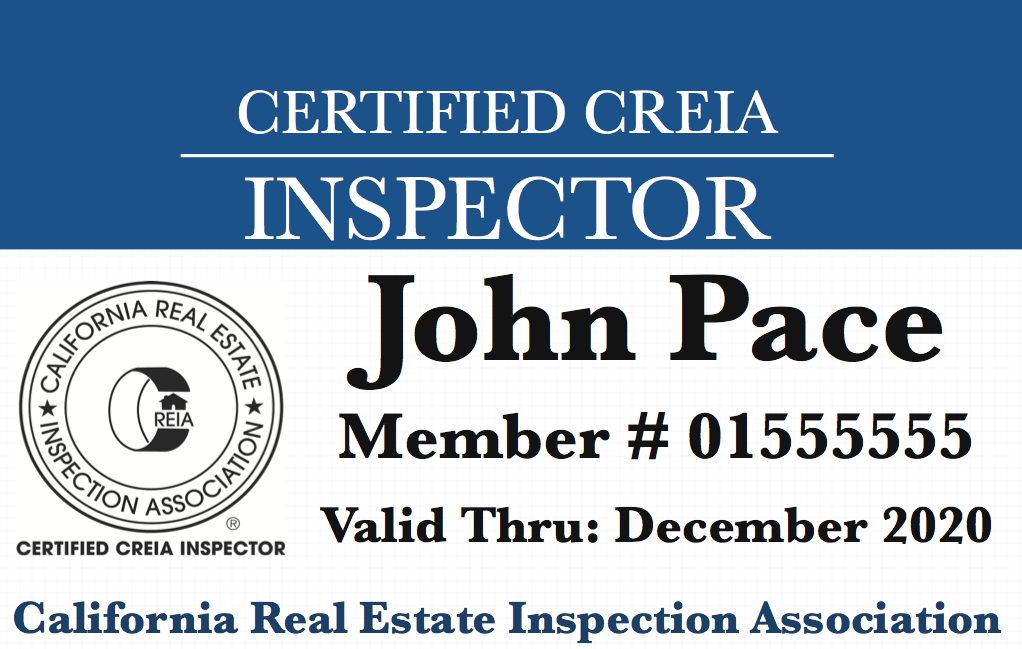The History of Home Inspections
Many real estate brokers and their agents at first felt threatened by the home inspection industry, but eventually came to understand that it was far superior to the "Uncle Buck" inspections where the buyers brought along some relative or friend who claimed to have a construction background for a "preview." Good old Uncle Buck would push on the balcony railings, open and close a couple of windows, jump up and down on the floor, and perhaps even peek into the foundation crawl space, but only from the access openings. He would then sum up his appraisal by declaring to all who would listen that the house was either a fantastic buy or an overpriced dump. It didn't take long before the more experienced agents recognized the idea that a professionally performed property inspection not only could be employed as a marketing tool, but may help shield them from potential litigation after the close of escrow. The famous Easton vs. Strassberger law suit changed this idea from a theory to a fact. This landmark case occurred in 1984 when the court held that the duties of a real estate broker include "the affirmative duty to conduct a reasonably competent and diligent inspection of the residential property listed for sale and to disclose to prospective purchasers all facts materially affecting the value of the property that such investigation would reveal." Real estate brokers and their agents immediately recognized that it would be prudent to refer independent experts to provide a far more complete and thorough inspection than they were capable of furnishing. Their legal departments also recognized the opportunity to pass on potential disclosure liability by introducing another player into the sales transaction. This had the effect of a major increase in homes being checked by professional inspectors before the close of escrow and according to a 2009 NAR statistics close to 80% of all homes nationwide are now inspected. In some parts of the country the percentage of homes inspected are even higher. In 2006, close to eight million home inspections were performed, and home inspection have become widely recommended by real estate authors and columnists. |


